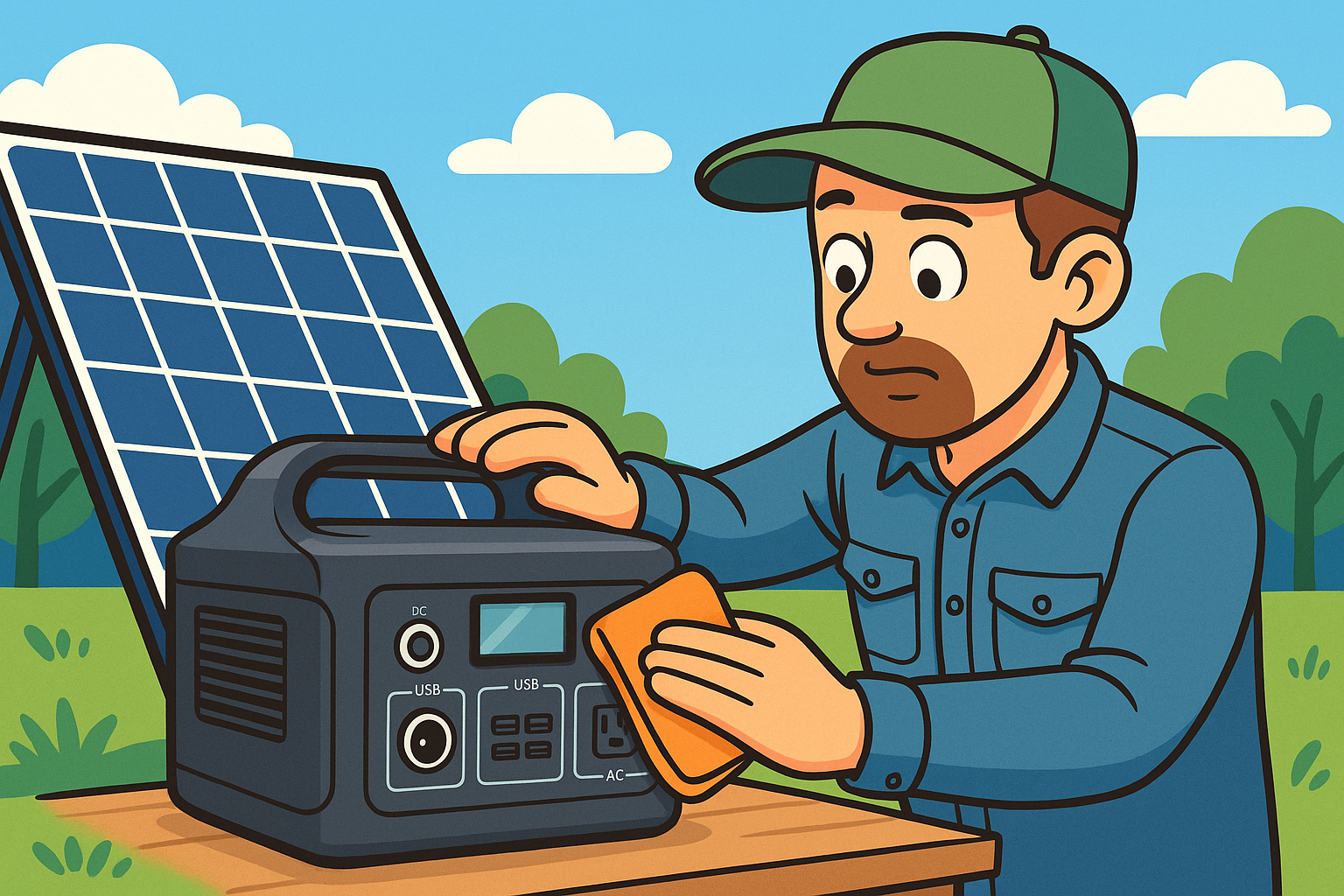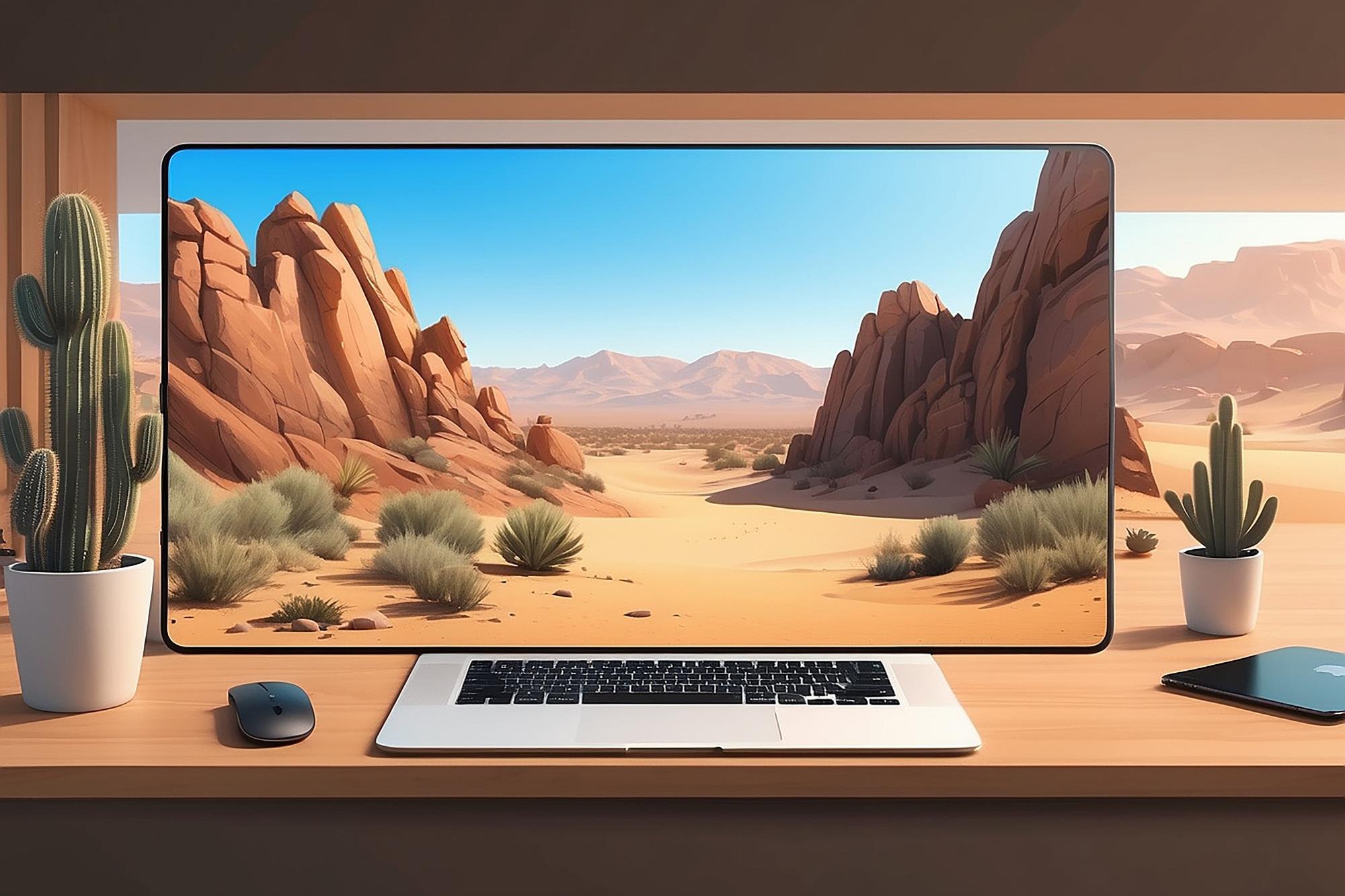Solar generators are an efficient source of clean energy that can power your home as well as a campsite outdoors. They work silently without releasing harmful fumes, helping you lower your carbon footprint while providing reliable power solutions across the United States. While these eco-friendly solutions have multiple uses and advantages, they require proper maintenance and storage.
Keeping your solar generator in good shape ensures it is ready to use when needed. With basic care routines, you can avoid common issues and boost the longevity of the equipment. While it is important to do maintenance checks before or after every trip, you should frequently inspect the equipment to make sure it is working properly. Here are some of the fundamental yet essential maintenance tricks that can add years to the generator’s life.
1. Clean the Panels Regularly
Solar panels play an integral role in powering your solar generator. If you do not clean them on a regular basis, dirt, dust, and debris can reduce their efficiency. As you may realize, a layer of grime or dust can block sunlight, which significantly reduces the power output of your panels and makes it difficult for the generator to even power bright LED lights. To maintain optimal efficiency, you need to follow a few simple steps.
- Clean the panels frequently using a soft cloth or mild soap. Do not use harsh chemicals that can damage the panel surface.
- Inspect for scratches or cracks that could hinder the panels’ performance.
- Make sure the panels are positioned correctly to receive maximum sunlight exposure.
2. Save the Generator from Environmental Damage
A majority of portable solar generators are built to be durable. However, exposure to harsh environments over a long period of time can cause damage to the equipment. Moisture, extreme heat, and dust can impact both the internal components and external casing. In order to protect your generator, consider using a protective cover when storing or transporting your unit. Keep it in a shaded area if used outdoors for long periods. This will help you avoid overheating. Also, avoid placing it on wet surfaces or in areas that are prone to flooding.
3. Inspect and Maintain Output Ports and Cables
Faulty connections often lead to inefficient power transfer and potential damage to your devices. Regularly checking your generator’s output ports and cables ensures smooth operation and prevents costly repairs down the line. Look for dust and debris buildups in ports and clean them using compressed air or a soft brush. Also, make sure that the cables are not frayed or damaged, as worn cables can pose safety risks and reduce efficiency. Regularly test output performance to confirm consistent power delivery and verify that all connections remain secure.
4. Regularly Maintain Battery
The battery is the most crucial component of your solar generator. With proper maintenance and the right charging practices, you can extend the battery life significantly and ensure reliable performance when you need it most. One of the most common mistakes people make is letting the battery drain completely before recharging. This can lead to premature degradation and reduced capacity over time. You can keep the generator’s battery healthy using the following measures:
- Charge the battery at least once every three months, even if it is not in use. This will prevent deep discharge.
- Store the unit in a cool, dry place to prevent overheating and battery degradation, ideally at temperatures between 32°F and 77°F.
- Avoid exposing your generator to extreme temperatures. Excessive cold or heat can impact battery performance and longevity.
5. Update Firmware and Monitor System Health
Regularly checking for software updates in your solar generator is a good habit that many users overlook. Most solar generators these days come with smart features, such as app monitoring and firmware updates that can enhance performance and add new capabilities. According to the U.S. Department of Energy, keeping your renewable energy equipment properly maintained and updated is essential for optimal performance and safety compliance.
Keeping your equipment up to date can improve its efficiency, boost safety features, and introduce new functionality that wasn’t available when you first purchased the unit. To ensure optimum system health, check the manufacturer’s website or app for firmware updates on a monthly basis. You should also use monitoring apps to track battery health and charging efficiency, and overall system performance. Follow manufacturer recommendations for any software-related optimizations, and don’t ignore notification alerts from your monitoring system.
Conclusion
Proper maintenance practices ensure that your portable solar generator continues to function optimally for several years without any issues. By keeping the panels clean, protecting the unit from weather elements, inspecting output ports regularly, taking care of the battery, and updating firmware consistently, you can significantly improve the performance of your solar generator and make it more reliable. These simple yet effective maintenance steps will help you get the most value from your investment while ensuring your generator is ready to provide power whenever you need it most.









